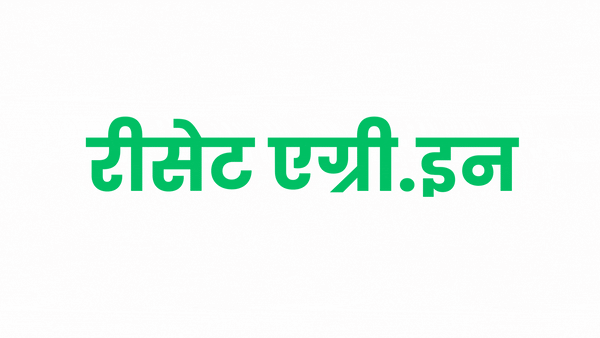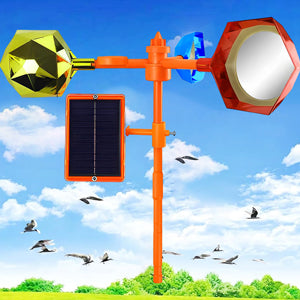
El Niño and La Niña: A Farmer's Guide to Dancing with the Oceans
Share
El Niño: Imagine the Pacific Ocean off South America, usually cool like a refreshing drink. But sometimes, it gets like a warm fever, heating up for months. This "fever" is El Niño!
Global Weather: This ocean warming messes with wind patterns, affecting weather worldwide. Some places get extra rain, while others face droughts.
Global Economy: Droughts can hurt crops, leading to food shortages and price hikes. Floods can damage infrastructure and disrupt trade. El Niño can shake the global economy like a bumpy bus ride.
Impact on India: El Niño often weakens the monsoon winds, bringing less rain to India, especially in central and northern regions. This can lead to:
- Droughts: Dry fields, wilting crops, and trouble for farmers.
- Water Scarcity: Less water for drinking, irrigation, and electricity generation.
- Heatwaves: Hotter temperatures, impacting health and comfort.
Impact on Indian Economy: El Niño droughts can:
- Reduce crop yields: Less food means higher prices, hurting both farmers and consumers.
- Affect agriculture-based industries: Sugar, textiles, and other sectors dependent on crops can suffer.
- Strain water resources: Hydropower generation and rural livelihoods can be impacted.
So, what can farmers do?
- Stay informed: Monitor weather forecasts and El Niño updates.
- Adjust planting dates: Choose drought-resistant crops or varieties with shorter growing seasons.
- Water management: Use efficient irrigation techniques and rainwater harvesting.
- Diversify income: Explore alternative income sources like livestock or non-farm activities.
Remember, El Niño is just one factor affecting weather. By being prepared and adapting, Indian farmers can navigate even challenging times!
Bonus: El Niño's opposite, La Niña, brings cooler ocean temperatures and often more rain to India. Knowing these climate patterns can help farmers plan ahead.










